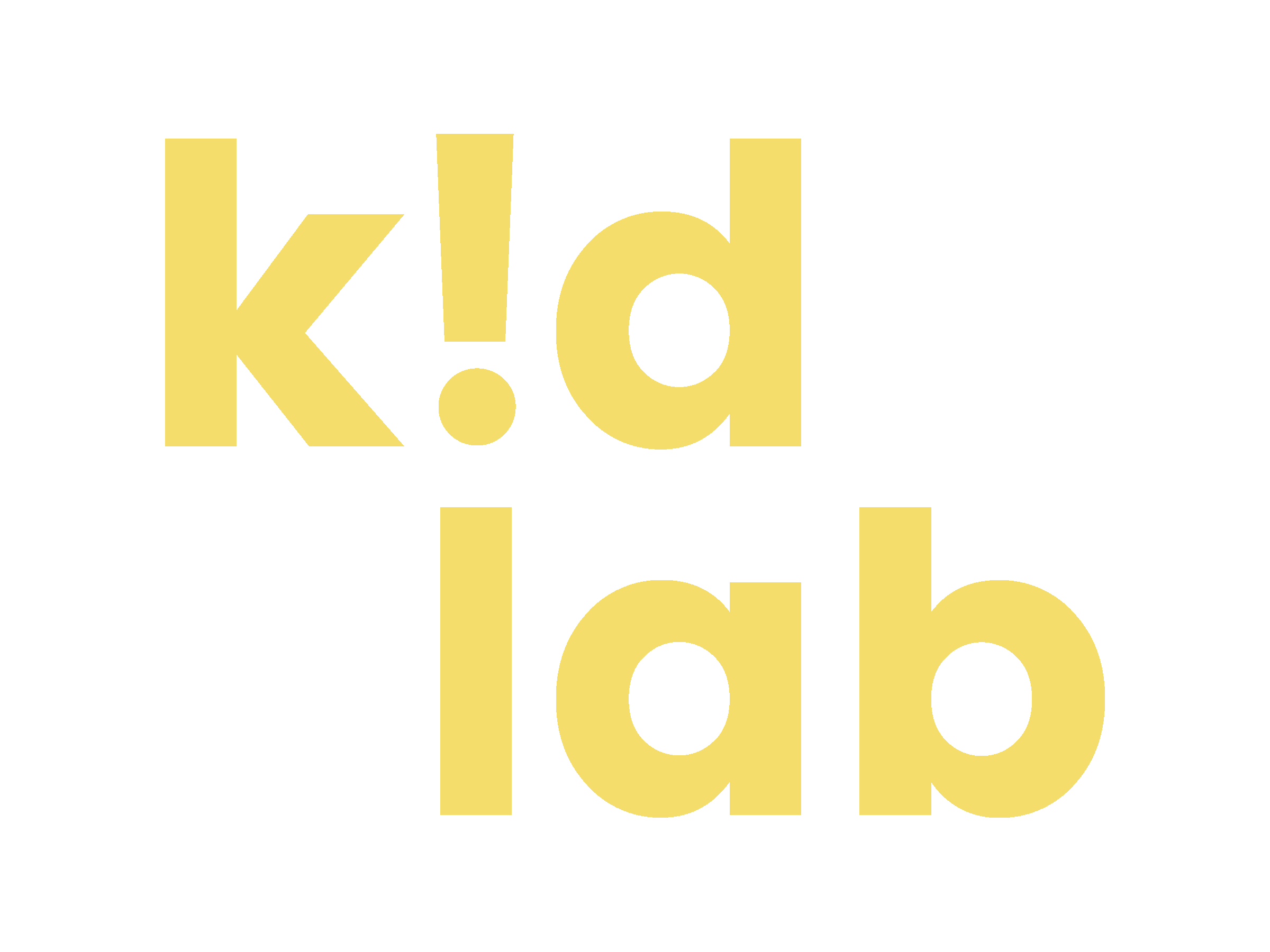Learn all about bees and pollination
+ Make a simple bee house
Learning Extension Ideas
Preschool (ages 2-4)
Go on a nature walk (preferably in the Spring) and look for pollinators at work.
Purchase Safari Life Cycle of a Honebee to:
Recreate a flower field scene and add yellow pom poms in the middle of the flowers. Use the honeybee and pretend to carry the pom poms (pollen) to other flowers.
Use small cups to represent the cells of a beehive. Place the egg, larva and pupa into the cells and talk about how bees utilize different ‘rooms’ in the hive to feed their young, store food, and care for the queen.
Create some yellow homemade play dough and press the bee into the dough to create prints and patterns. Flatten some out and recreate hexagon shapes to represent a honeycomb.
Honeybees dance to communicate with each other. Make your own dance language with a friend!
Check out our Life Cycle of a Butterfly book
Make a recycled bug - try a bee!
Make a set of painted bean bees to play with in a sensory bin or to practice counting.
Family movie night to watch A Bee Movie
Free Minibeasts Printables
Elementary (ages 5-10)
SCIENCE
In the video, we learned about pollination. Bees aren’t the only pollinators. Choose another animal that plays a big role in pollination and research. What does it like to eat? What is its life cycle? How can you attract more of those pollinators to your garden / yard?
Go on a few nature walks this week and take your nature journal with you. Observe any pollinators at work, or evidence that they’ve been doing their job.
TECHNOLOGY + ENGINEERING
Honeybees lose their stinger when they sting. a human, which effectively, kills the bee itself. Can you design a honeybee adaptation that would allow it to not lose its stinger?
Some people have severe allergic to bee stings. Can you engineer a simple, wearable device that safely deters bees from coming near someone?
Honeybees make elaborate and efficient hives comprised of hexagonal wax cell rooms, each with a different use. Some are for baby bees, some are for storing food, a special one is designated for the queen, etc. Make a diagram of a beehive with labels for each of the rooms and talk about what makes their use of space unique and efficient.
MATH
Simulate pollination with a relay race! Put tape (sticky side out) on the wrists of each racer. Fill two buckets with pom poms. Place one near the starting line and the other near the finish line. Take turns running from one bucket to the other trying to pick up as much ‘pollen’ (pom poms) as you can without using hands. Bring it back quickly to your team’s bucket. The team with the most pollen wins. Before you start, jot down your predictions on # of pollen that will make it to the bucket and # of that will get left behind or scattered elsewhere. After the relay, compare your predictions.
Honeybees dance to communicate with each other. Make your own dance language with a friend, or make up a rap.

